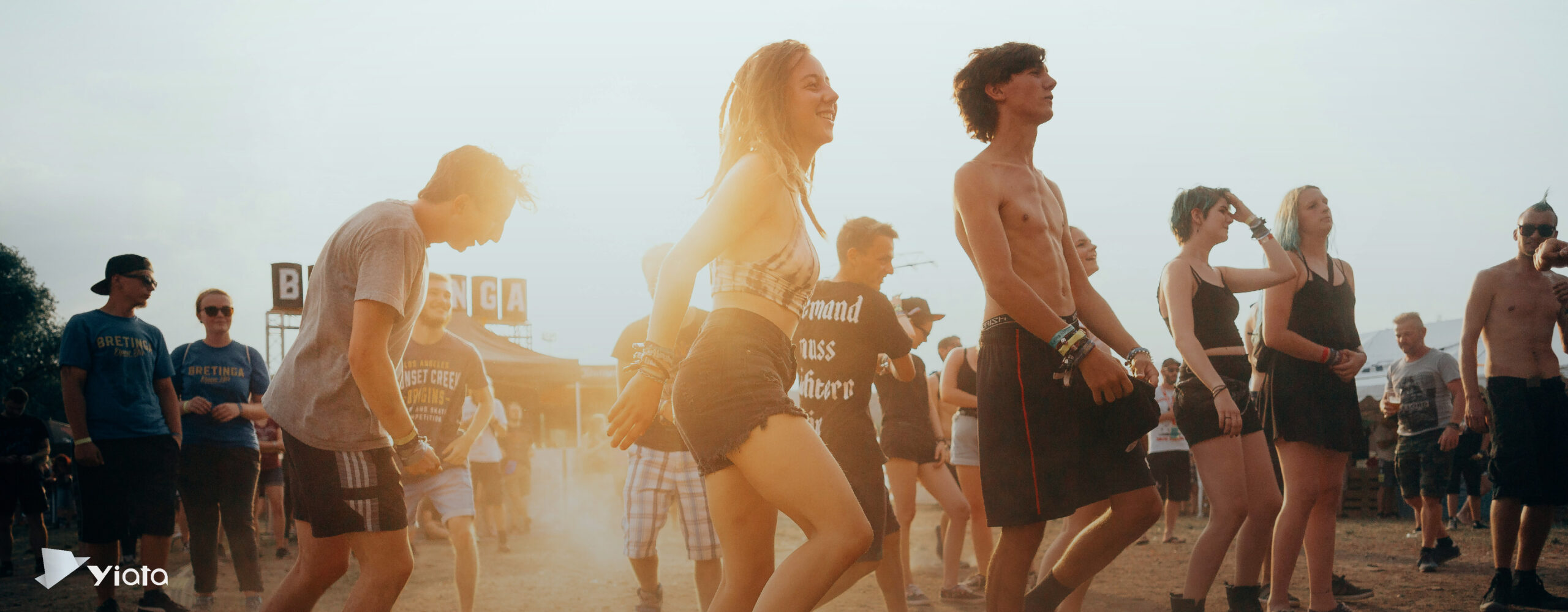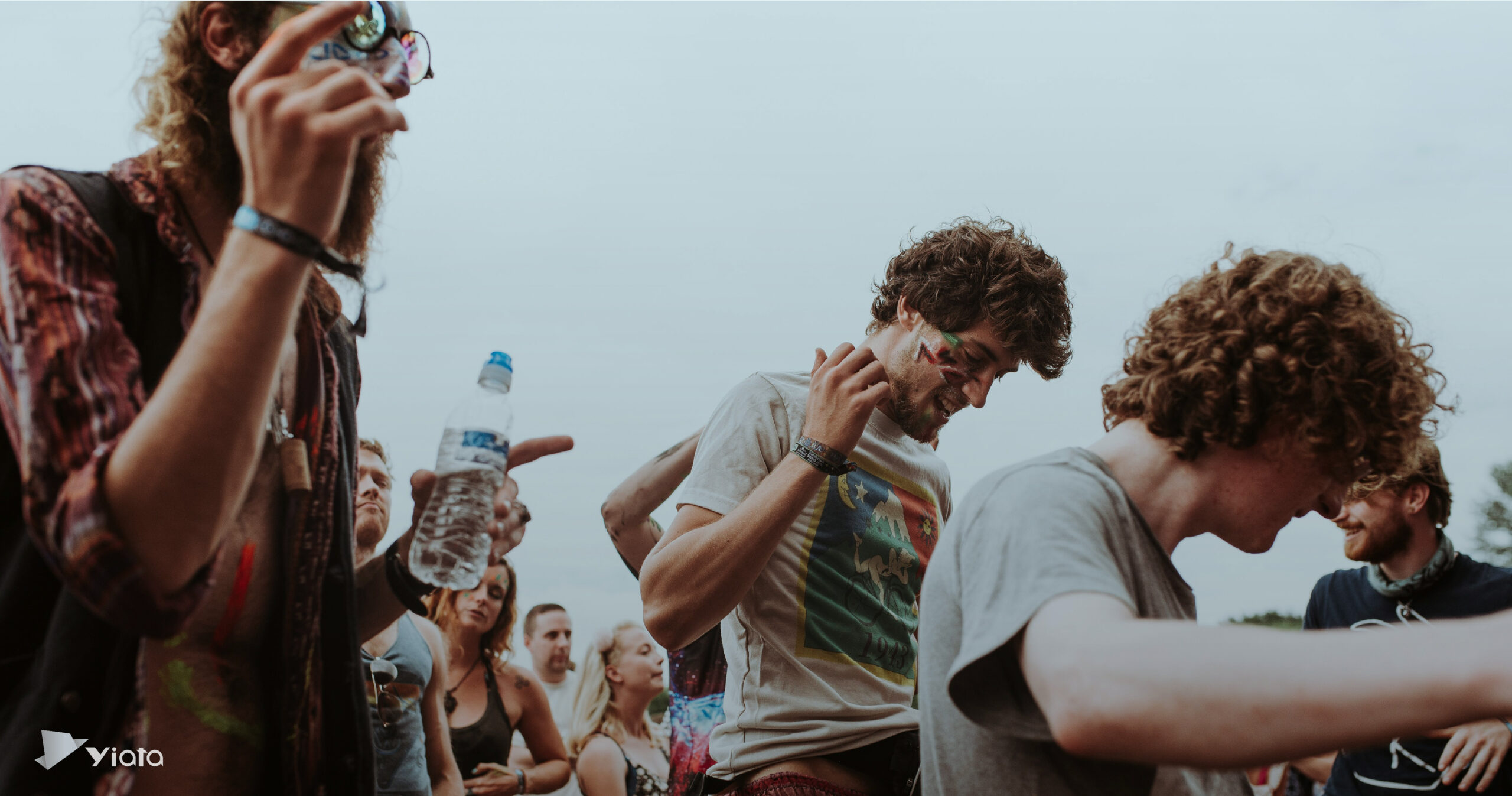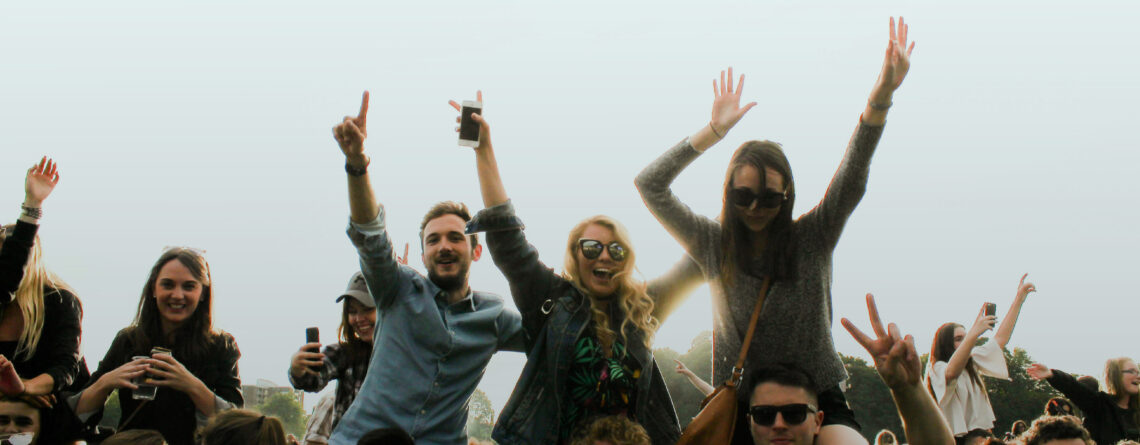Top 5 Summer Festivals in Spain You Can’t Miss
Nova Parker2024-08-03T07:39:54+00:00Spain is a country known for its rich cultural heritage, vibrant nightlife, and spirited festivals. Every summer, the streets of Spanish towns and cities come alive with colorful parades, passionate music, and enthusiastic crowds. From historic traditions to contemporary celebrations, Spain offers an array of festivals that promise unforgettable experiences. Here are the top five summer festivals in Spain that you simply can’t miss.
1.La Tomatina Festival
History and Origins
Held annually in the town of Buñol, La Tomatina is one of the most famous and eccentric festivals in Spain. This unique event dates back to 1945 and has grown into a massive tomato fight that attracts thousands of participants from around the world. The origins of La Tomatina are somewhat murky, but it is believed to have started as a spontaneous food fight among friends, which the town eventually embraced as an official festival.
Main Attractions
The highlight of La Tomatina is, undoubtedly, the hour-long tomato battle that takes place in the town square. Participants hurl overripe tomatoes at each other, turning the streets into a sea of red. Before the fight, a greased pole with a ham at the top is erected, and the festivities begin once someone climbs the pole and retrieves the ham. The entire event is a jubilant, messy, and exhilarating experience.
Travel Tips
To fully enjoy La Tomatina, it is advisable to wear old clothes that you don’t mind getting stained and ruined. Goggles are also a good idea to protect your eyes from tomato juice. Accommodation in Buñol is limited, so many attendees stay in nearby Valencia and take a bus to the festival site. Tickets for La Tomatina are required and should be purchased in advance, as the event has a limited capacity.
2.Running of the Bulls
Historical Significance
The Running of the Bulls, or San Fermín, is a historic festival held every July in Pamplona. The origins of this event date back to the 14th century, with roots in both religious celebrations and practical cattle-herding practices. Today, it is known worldwide for its daring bull runs and vibrant cultural activities.
Event Highlights
The main attraction of the festival is the daily bull run, where participants race alongside six bulls through the narrow streets of Pamplona. This adrenaline-pumping event lasts just a few minutes but is packed with excitement and danger. In addition to the bull runs, the festival features parades, traditional music, dancing, and fireworks, providing a week-long celebration of Navarrese culture.
Safety Precautions
Running with the bulls is not for the faint of heart, and safety is a paramount concern. Participants must be over 18 and should be in good physical condition. It’s crucial to follow the rules and guidelines provided by the organizers, such as wearing appropriate footwear and avoiding alcohol before the run. Spectators can enjoy the event from safer vantage points along the route.

3.Feria de Abril
Cultural Significance
Seville’s Feria de Abril, or April Fair, is a week-long celebration that epitomizes Andalusian culture. This festival began in 1847 as a livestock fair and has since evolved into a grand display of flamenco, bullfighting, and social gatherings. It typically takes place two weeks after Easter, transforming the fairgrounds into a vibrant city of casetas (tents).
Entertainment and Activities
Each day of the Feria starts with a parade of carriages and riders, followed by bullfights in the evening. The heart of the festival, however, lies in the casetas, where families, friends, and organizations host private and public parties. Inside these decorated tents, you’ll find traditional music, dance, and Andalusian cuisine. The Feria is also famous for its vibrant attire, with women dressed in colorful flamenco dresses and men in traditional suits.
Local Cuisine
Food is an integral part of the Feria de Abril. Visitors can indulge in an array of Andalusian specialties such as tapas, fried fish, and churros with chocolate. The local sherry, known as fino, flows freely, adding to the festive atmosphere. Don’t miss the chance to try a rebujito, a refreshing cocktail made with fino and soda.
4.Benicàssim International Festival (FIB)
Music Lineup and Genres
The Benicàssim International Festival, commonly known as FIB, is a haven for music lovers. Held in the coastal town of Benicàssim, this festival features an impressive lineup of rock, pop, and electronic music artists. Since its inception in 1995, FIB has attracted some of the biggest names in the music industry, making it one of Europe’s premier summer music festivals.
Festival Experience
FIB is more than just a music festival; it’s a full-fledged cultural experience. The event spans four days and nights, with performances on multiple stages set against the stunning backdrop of the Mediterranean Sea. In addition to music, the festival offers a range of activities including fashion shows, short film screenings, and art installations. The combination of beachside relaxation and electrifying performances makes FIB a unique and unforgettable experience.
Accommodation Options
Benicàssim offers a variety of accommodation options to suit different budgets. From camping on-site to staying in nearby hotels or apartments, festival-goers have plenty of choices. Booking early is recommended, as the town gets crowded during the festival period. There are also shuttle services available to and from nearby cities, making it easy to attend the festival even if you stay outside Benicàssim.

5.Semana Grande (Aste Nagusia)
Historical Background
Semana Grande, or Aste Nagusia, is the largest festival in the Basque Country, held annually in Bilbao. This nine-day festival, which begins in mid-August, celebrates Basque culture with a series of events and performances. The origins of Semana Grande date back to 1978, and it has since become a cornerstone of Bilbao’s cultural identity.
Main Events and Parades
The festival kicks off with the traditional launching of the txupinazo (rocket) and the appearance of Marijaia, the festival’s mascot. The days that follow are filled with a diverse array of activities including concerts, traditional Basque sports, fireworks competitions, and parades. One of the highlights is the Gigantes y Cabezudos (Giants and Big-Heads) parade, featuring large papier-mâché figures that dance through the streets.
Gastronomy Highlights
Semana Grande is a feast for the senses, particularly when it comes to food. Basque cuisine is renowned for its pintxos (small snacks), and the festival is an excellent opportunity to sample these culinary delights. From seafood to cured meats, the variety and quality of food available during Semana Grande are exceptional. Many bars and restaurants participate in the festivities, offering special menus and outdoor seating.
Travel and Accommodation Tips
Bilbao is well-connected by air, train, and bus, making it easy to reach. The city offers a wide range of accommodation options, from budget-friendly hostels to luxury hotels. To make the most of your visit, consider staying in the city center, where most of the festival activities take place. Be sure to book your accommodation in advance, as Semana Grande attracts a large number of visitors.
For more information on planning your trip to Spain, including flights and hotel bookings, visit yiata.
To explore more about Spain’s attractions, check out these blogs:
The Ultimate Guide to Spain’s Historic Attractions
Top 10 Must-See Modern Attractions in Spain
Conclusion
Spain’s summer festivals offer a spectacular glimpse into the country’s rich cultural tapestry. Whether you’re throwing tomatoes at La Tomatina, running with the bulls in Pamplona, dancing at Feria de Abril, rocking out at FIB, or immersing yourself in Basque traditions at Semana Grande, these festivals provide unforgettable experiences that celebrate the spirit and diversity of Spain. Plan your visit, book your flights and accommodations through yiata, and get ready to enjoy some of the most exciting events Spain has to offer.
